The once "peak" crops
First of all, we can mention longan trees. In Vinh Long province (old province, before the merger), longan appeared quite early, and exploded strongly in the early 2000s. The area of longan reached its peak in 2003 with 11,232 hectares, and an output of 91,085 tons. At that time, farmers massively converted mixed gardens, filled ditches, filled puddles, encroached on alluvial land, and raised fields to grow longan; the province changed the "plan" to make longan the second main crop (after rice) and the leading fruit tree in the province's agricultural development strategy. Many gardeners suddenly became quite rich thanks to selling longan fruit and seedlings. The price of longan with cowhide sometimes reached over 20,000 VND/kg.
Longan trees once had a "flavourful" time, many gardeners became rich by selling longan fruit and seedlings.
After 2003, the price of longan began to decrease gradually. There were times when longan was sold at the garden for only 500 VND/kg during the main season, but no one bought it. Many gardeners were afraid of losing money and did not bother to pick it. The low price of longan combined with rampant diseases destroyed longan gardens. The area of longan gradually decreased from 10,918 hectares in 2004 to 9,786 hectares in 2010. Since then, the "golden age" of longan has ended. By 2024, the whole province will have 5,980 hectares of longan.
Next is sweet potato, the third main crop of the province, which is grown the most (over 95% of the total area of the province), concentrated in the communes of Tan Luoc, Tan Quoi and My Thuan (new Vinh Long province). The sweet potato growing movement has developed strongly in 10 years (from 2008-2018) with the highest area and output in 2017-2018 at 4,898 hectares, output of 141,149 tons (in 2008) and 14,693 hectares, output of 381,044 tons (in 2018). The highest increase in sweet potato prices was in 2018, when Japanese purple potatoes were 1.3 million VND/quintal (1 quintal equals 60 kg), milky white potatoes were 500,000 VND/quintal, paper white potatoes were 850,000 VND/quintal, and pumpkins were 700,000 VND/quintal. In 2019, the price of potatoes, especially Japanese purple potatoes, began to plummet due to the difficulties in exporting sweet potatoes because they depended largely on the Chinese market, with potato prices falling the most in 2021-2022 due to the impact of the COVID-19 pandemic and the stagnation of exports to China.
On April 19, 2024, in Binh Tan district, the functional sector of Vinh Long province (old) held a ceremony to announce the official export of the first shipment of sweet potatoes from Vietnam to China, revealing a bright spot for sweet potato exports. However, after increasing to more than 1 million VND/quintal in early June 2024; then until May 2025, the price of Japanese purple sweet potatoes remained at a low level of 400,000 VND/quintal, other types of sweet potatoes from 230,000-250,000 VND/quintal. From 2024 to now, for each potato crop in the year, farmers have only reached less than 400 hectares/crop!
And finally, we can mention the orange tree. In Vinh Long province, this tree was first planted in Tam Binh district, then spread to neighboring districts such as Tra On and Vung Liem. After the green vein yellowing and greening diseases decreased sharply in 2009-2010, the orange tree revived and developed strongly again thanks to gardeners' good disease management, improved production techniques and high prices of oranges, from 20,000-30,000 VND/kg (in 2009).
The "peak" development period of the orange in Vinh Long province was from 2019-2022 with an area increasing from 1,600-2,200ha/year; by 2022, the orange growing area reached 15,458ha/63,121ha of fruit trees in the whole province, leading the fruit tree group of the province. However, from the end of 2023 until now, the price of oranges and oranges has been sliding, the price of oranges bought by traders at the garden is commonly from 2,000-5,000 VND/kg and many "rescue" points for oranges have appeared in many places. Currently, many orange growers are in a "resigned" situation...
Why do "top" crops "fall" so quickly?
According to experts, the ups and downs of the above crops are influenced by many factors, of which the supply output on the market and the export demand are the two most important factors. If the supply output on the market is sufficient and even throughout the year, the price is stable, otherwise the price fluctuates erratically; and when the export market increases, farmers massively expand the planting area, the crops "bloom", otherwise the crops "go downhill without brakes".
In previous years, gardeners in Vinh Long province in particular and the Mekong Delta in general did not have experience in making longan, orange, etc. bear fruit in the off-season, so these trees often flowered and bore fruit in a rush in the year and then stopped until the following year; the price of longan, orange, etc. then also decreased from the beginning of the season to the middle of the season, then increased again until the end of the season. In recent years, gardeners have learned how to make trees flower and bear fruit in the off-season and harvest throughout the year. The price of longan and orange in the off-season has increased slightly, but the output of the off-season is not much (mainly the output of the main season accounts for a large proportion of the year), so the supply is not enough, and prices cannot increase much.
In addition, the flowering, fruiting and distribution of longan on the market are all decided by the garden households. Most garden households are not connected with each other, not connected with organizations (enterprises, cooperatives) in production and distribution of products. Normally, garden households base on the time when longan, oranges... have high prices in the previous year or in the previous crop to adjust the flowering and fruiting time in the following year, the following crop. However, because most garden households do not know the output information on the market, they all choose to produce fruit at the same time when the selling price is high, so a sudden increase in output is inevitable. This is what makes the price of longan and orange fluctuate against the wishes of the garden households. The harvest output and supply in the market are not balanced over time, the situation of sometimes excess output, sometimes scarce output has often occurred, this is the weakness in the organization and supply of longan and orange in the market, one of the underlying reasons that makes the selling price sometimes "skyrocket" and sometimes "fall miserably".
Another important reason is that the selling price and consumption of longan and sweet potatoes depend on large markets such as China and Taiwan. When the demand of this market is high, farmers continuously expand their planting areas, so supply exceeds demand. Moreover, because our business practices and product quality do not meet the import demand of this country, and we have not kept our "trust" in trade, we have gradually lost our position and given way to Thailand and some other countries. It can be seen specifically that when the selling price suddenly increases and the output is not enough to supply, farmers and businesses find all kinds of "tricks" to switch goods such as stuffing poor quality products, not enough size, not enough ripeness into boxes for export... The consequences of the above actions have led the production and export situation in the Mekong Delta into a vicious circle: fluctuating prices, poor quality, weak competition, low income, poor investment and reinvestment.
Currently, in the Mekong Delta, there are still some crops that are at their peak or returning to their peak (such as coconut). To avoid repeating the mistakes of the above crops, gardeners, farmers and production organizations (cooperatives) must quickly consider changing their ways of doing business, producing, supplying, distributing products and accessing the market, linking together in production and supplying products on the market to ensure quality, food safety and brand reputation... in order to survive and develop stably and long-term.
Article and photos: HANH LE
Source: https://baocantho.com.vn/bai-hoc-tu-trong-cay-theo-phong-trao-a188563.html


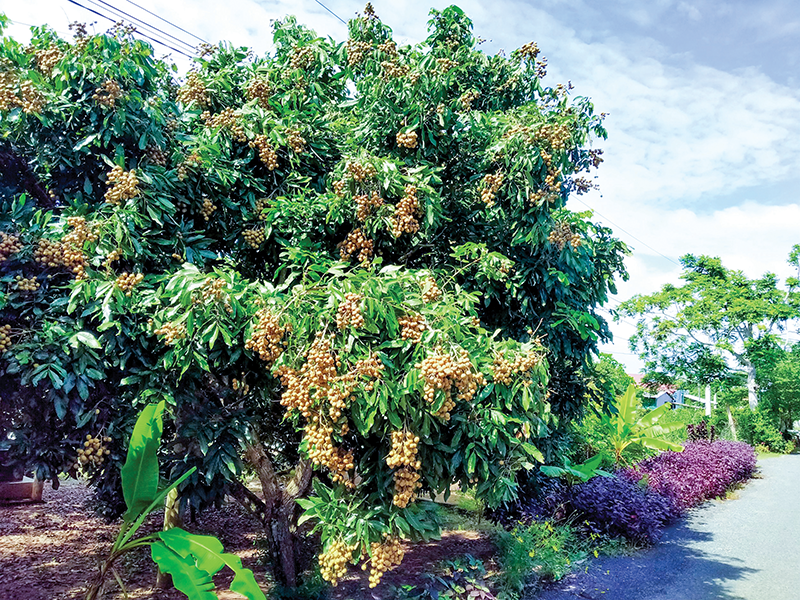
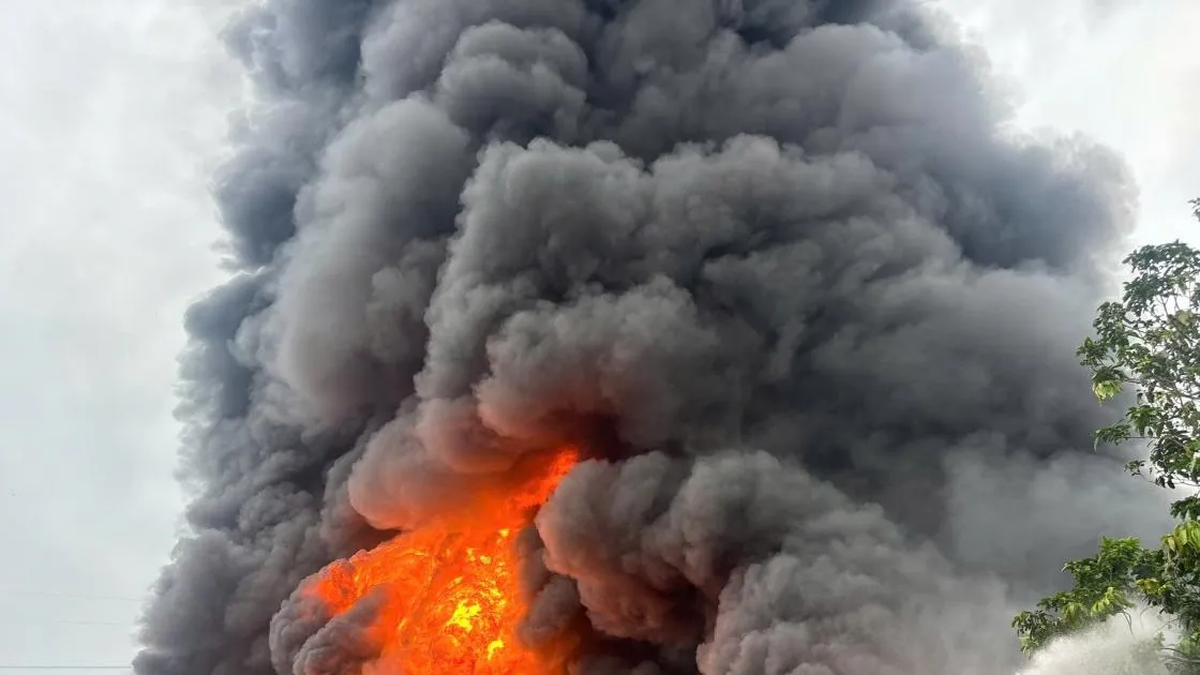



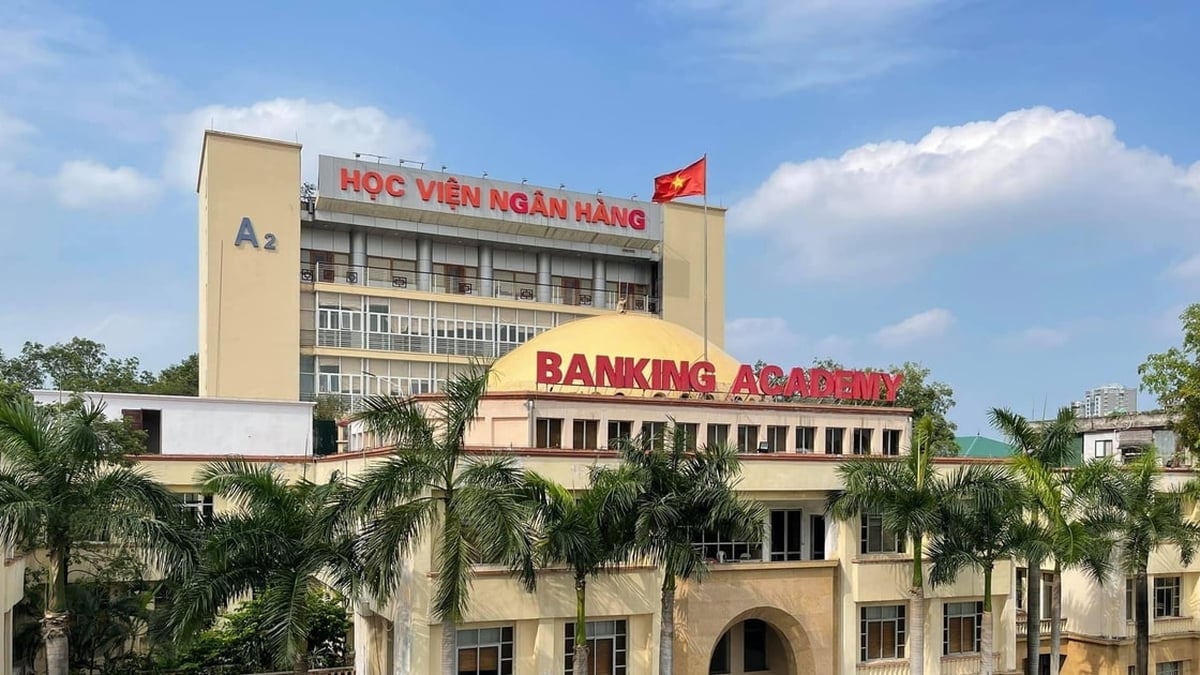
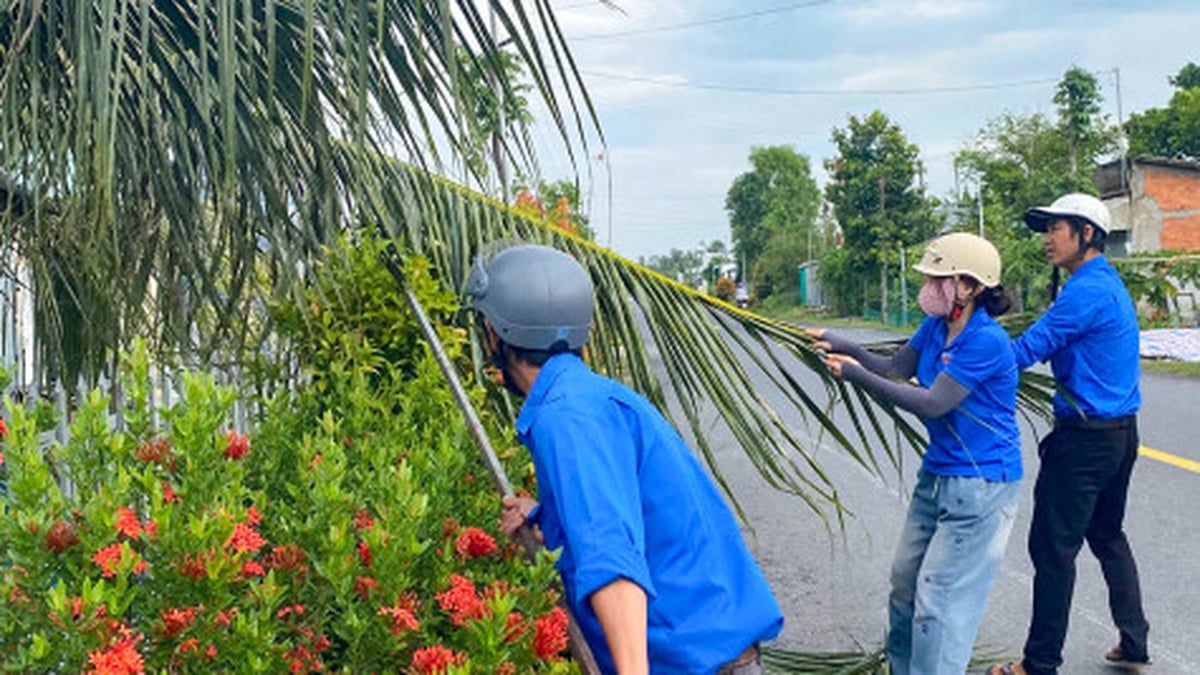






















































![[Maritime News] More than 80% of global container shipping capacity is in the hands of MSC and major shipping alliances](https://vphoto.vietnam.vn/thumb/402x226/vietnam/resource/IMAGE/2025/7/16/6b4d586c984b4cbf8c5680352b9eaeb0)










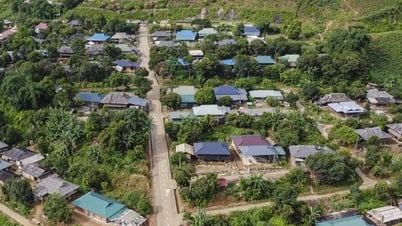



























Comment (0)